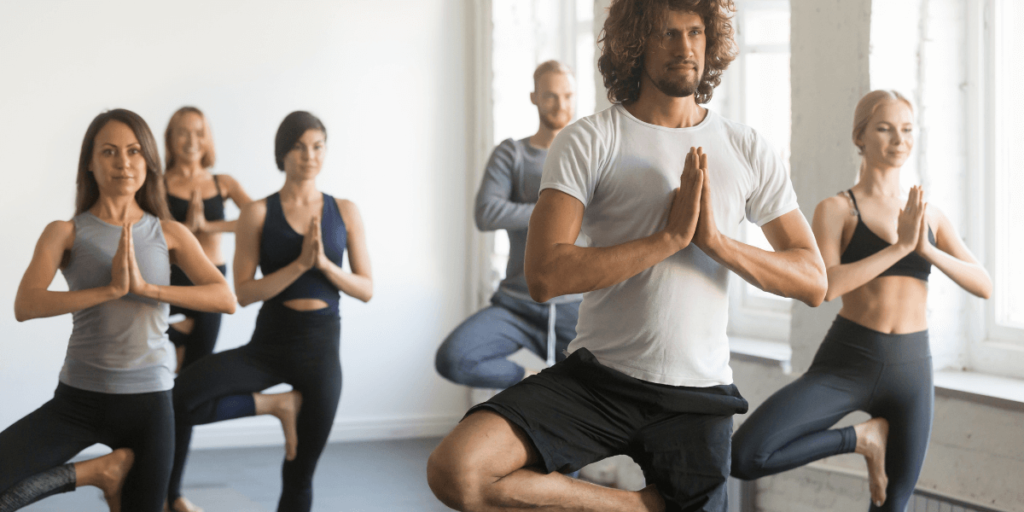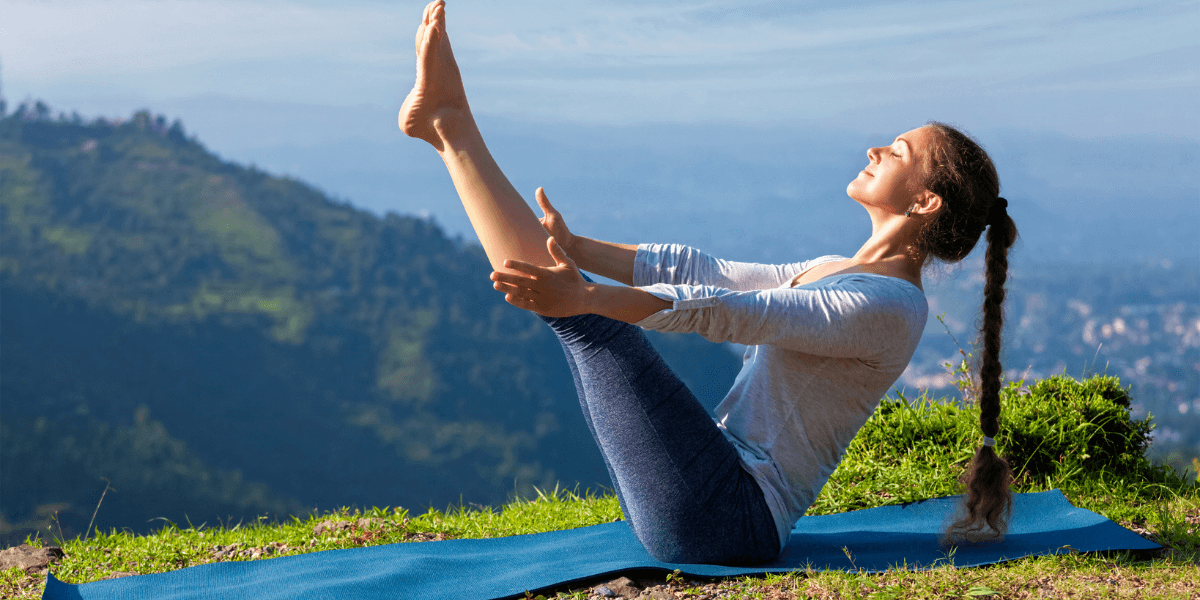Yoga is all about finding your center. Sometimes that means inner balance, and other times it’s literally balancing on one foot. Welcome to Tree Pose.
In this article, we’re taking a look at how to reap the many health benefits of Tree Pose. Let’s talk about about Vrksasana now!
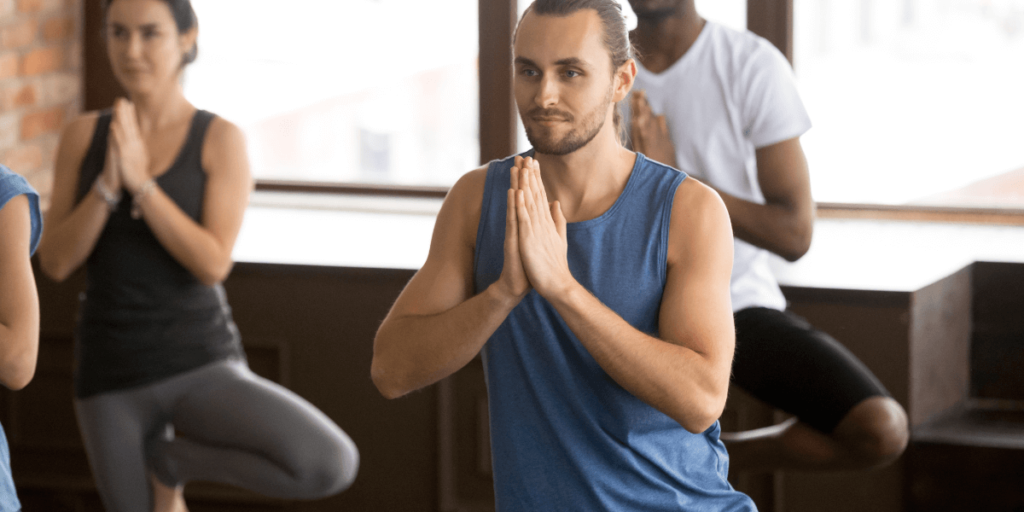
What is Tree Pose?
In Sanskrit, the Tree Pose is called Vriksasana or Vrksasana, which gives the true spirit of the tree. According to Nishi, Vrksasana pose is similar to the roots of a tree (Vriksh in Hindi) that entirely balance the tree; our feet, too, work as the roots and help balance the entire weight of the body. Tree pose is an extremely common asana and possesses many benefits.
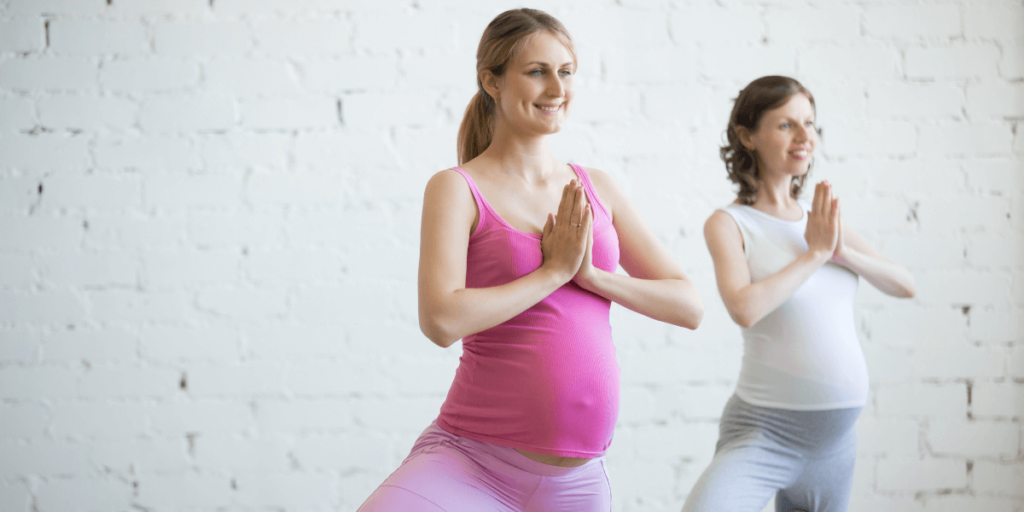
What are the Benefits of Tree Pose?
Tree Pose (Vrksasana ) is a practice that combines balance, stability, strength, flexibility, and complete concentration. This technique has several benefits when done correctly, and it has even been reported to relieve persons suffering from Sciatica. Continue reading to explore the numerous benefits of the Tree pose that are separated into three categories which are physical benefits, mental, and spiritual benefits.
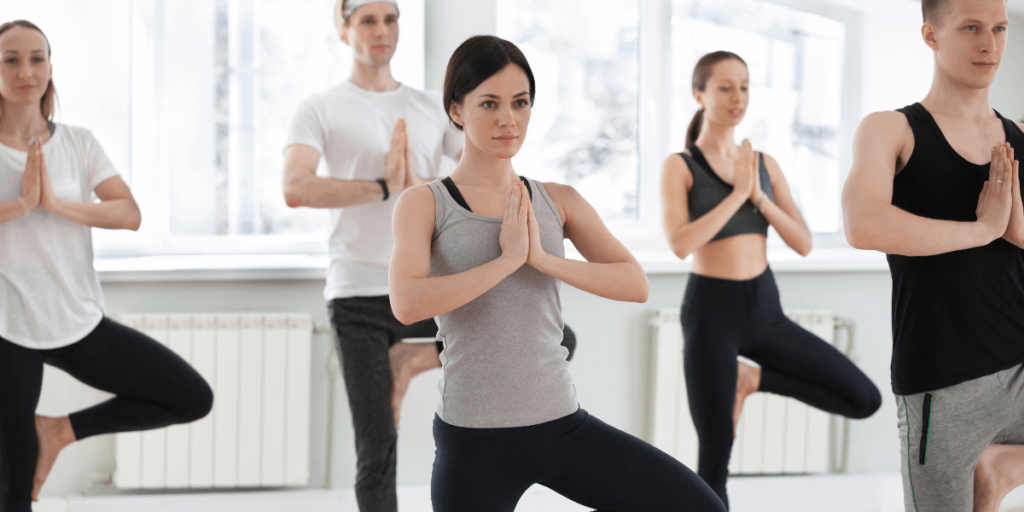
The Physical Benefits of Tree Pose in Yoga:
Strengthens Thighs, Calves, Ankles, and Spine
Tree Pose is a grounding and balancing pose. It provides us with stability and balance, necessary for a healthy lifestyle. We physically and emotionally ground ourselves by digging our toes into the ground. It also helps to strengthen our bones, especially those in our hips and legs.
Stretches the Inner Thighs, Groins, Chest, and Shoulders
When we raise our arms over our heads, we extend our shoulders and chest while strengthening our spine. This is vital since the ancient yogis considered the spine’s health crucial to longevity and good health.
Enhances Your Sense of Balance
First and foremost, Tree Pose is a balancing pose. Practicing the position while standing on one leg strengthens all elements of the standing leg – calves, quadriceps, and ankles.
Breathing, Diaphragm, and Chest
The chest, rib cage, diaphragm, and intercostal muscles are all involved as the arms are extended upwards in Tree Pose (breathing muscles). The active employment of these organs and muscles assists in the intake of more air into the lungs, guaranteeing that the lungs are utilized efficiently. Breathing is improved due to the effective use of the diaphragm and lungs, which affects the stability and balance of the posture.
Alignment and Posture
To balance this posture without disrupting the prana flow, you must grasp the alignment components. The placement of the foot in the groin, the outward movement of the hips and knees, the grounding action of the five toes with all of them pointed forward, the positioning of the hips and pelvis, the alignment of the shoulders with the hips and foot, and the raised hands with the shoulders and hips, as well as assistance in completing the pose to gain the most benefit. When these elements are in place, the posture appears strong, and the balance becomes easy.
Repeating this practice will help your spine lengthen, the hips and pelvis become solid and balanced, which translates to an excellent general posture. When one’s posture is better, one’s breathing improves as well.
Preparatory Pose
Other challenging postures, such as Tree Pose Side Bend, Tree Pose Side Bend Hand Foot, and Revolved Tree Pose Elbow To Knee, are available after mastering the Tree Pose.
Others
Reduces flat feet and relieves sciatica. It improves leg stability and aids the body in developing pelvic stability.
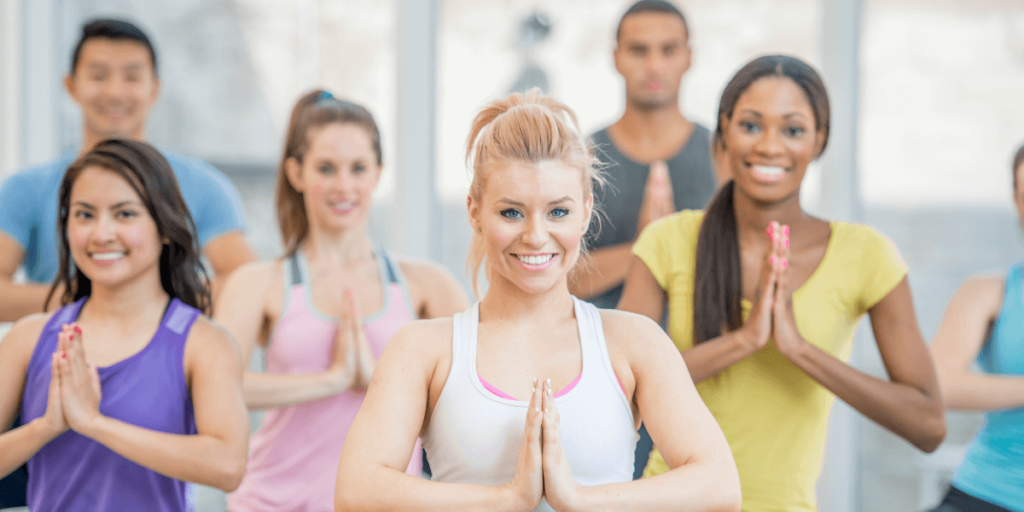
The Mental & Spiritual Benefits:
Energizing, De-stressing, Relaxing
The flow of energy (prana) is boosted since most of the joints and muscles, notably the chest, core, back, and pelvis, are engaged in the practice of Vrksasana. The mind is calmed, the nervous system is uninterrupted, and unwanted energy is flushed out of the body when the breath is regulated. There is room for an influx of prana, which may move freely to the remainder of the body, thanks to the outflow of undesired energy (Apana Vayu). When prana flow increases, it gives equilibrium to the body-breath-mind and a profound sensation of peace, as if one is standing beneath a tree. It teaches people how to be assertive while still being flexible and grounded without being rigid. You must feel grounded in your feet because a tree must be able to move in the wind.
Connects
Tree Pose can also help us to feel more connected to nature. We incorporate parts of nature when we imitate them. We typically sway in tree pose, much like trees do when touched by the wind. We learn that falling is a part of life as we fall in tree posture. The harsh forces of nature cause trees to fall, and when we fall, we realize that this is only a usual way of being. It’s all part of the process and our personal development as yogis. Falling is neither excellent nor terrible. It’s just a part of the process.
Develops Focus, Physically & Mentally
Tree position also improves our ability to concentrate. We keep our gaze, or drishti, fixed on one spot while holding the position. Focusing our eyes in a single direction helps us maintain equilibrium in our posture while also teaching our eyes and minds to stay focused and stop racing in circles. The more we practice tree position, the more we train our thoughts to be more focused and concentrated, another essential part of yoga. One of the most significant health advantages of tree pose is cultivating a calm and serene mind.
Builds Self-Confidence & Esteem
Who doesn’t want to boost their self-esteem and confidence? It is stated that if you practice tree position daily, you will achieve this. All balancing asanas assist you in achieving and maintaining a feeling of balance in your daily life. You will automatically feel more secure when you do this. You’ll have a strong sense of being connected to both the environment and our inner selves. This involves getting our brains into a state of equilibrium. When our minds are racing, it’s far more challenging to feel good about ourselves.
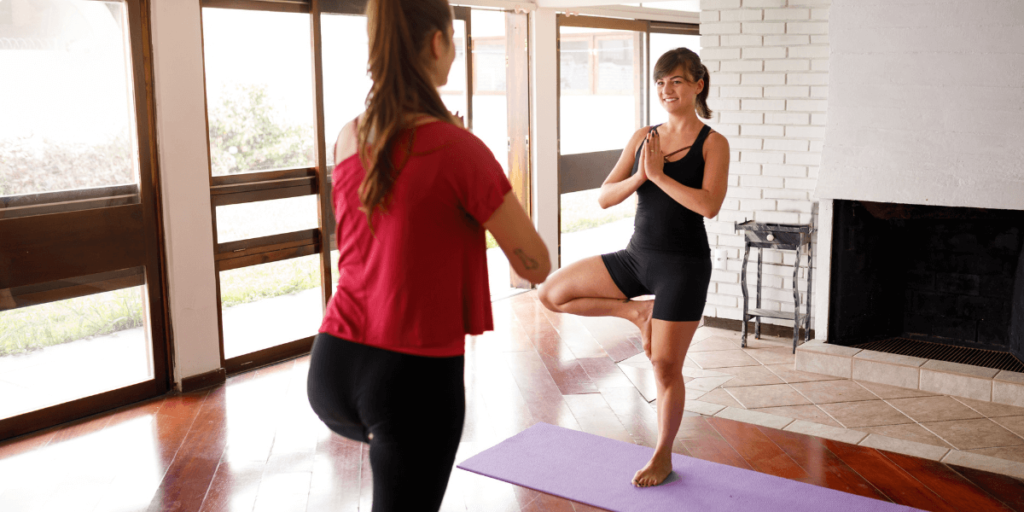
How To Do Tree Pose
- Begin by standing on the mat with your feet together or slightly apart, depending on your preference. Take a few deep breaths.
- Shift your weight to your right leg gently.
- Raise your left leg and grip your ankle to bring the left foot’s sole to the right leg’s inner thigh. Maintain a level hip position.
- Your foot should be pressed on your thigh, and your thigh should be pressed against your foot. Raise yourself using your standing leg, core, and chest.
- Hold the posture for a few breaths while breathing regularly. If you feel stable enough, bring your hands together at your chest or lift your arms above your head.
- Then, lower your left leg and do the same thing on the other side.
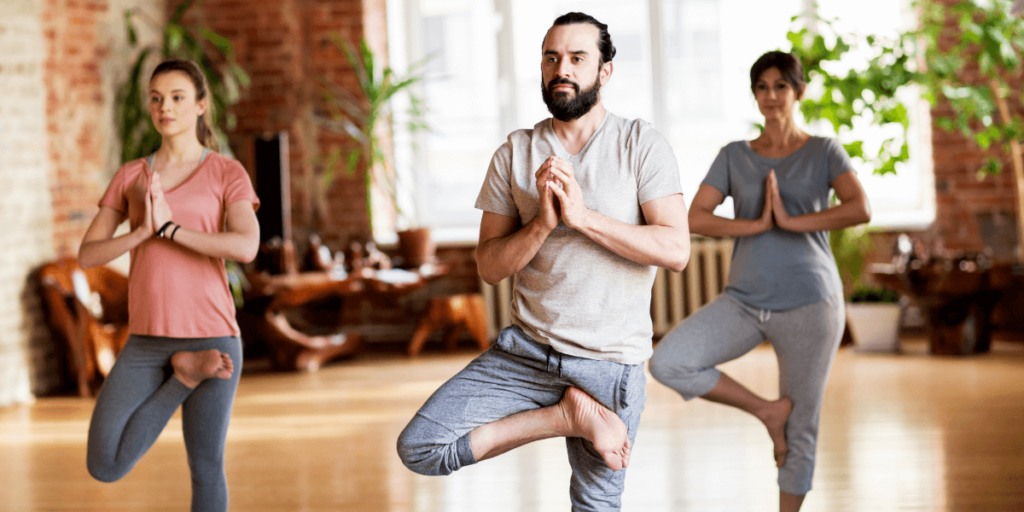
Challenges and Cautions!
Never put your foot directly in the knee zone to avoid an unintentional injury. Instead, place your foot above or below the knee on your calf while entering the tree posture. If your foot is higher than the knee, push the sole of your foot onto your inner thigh without holding your toes on either foot.
